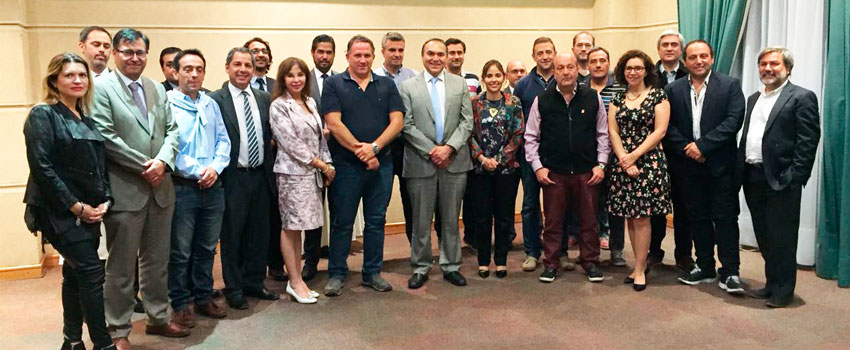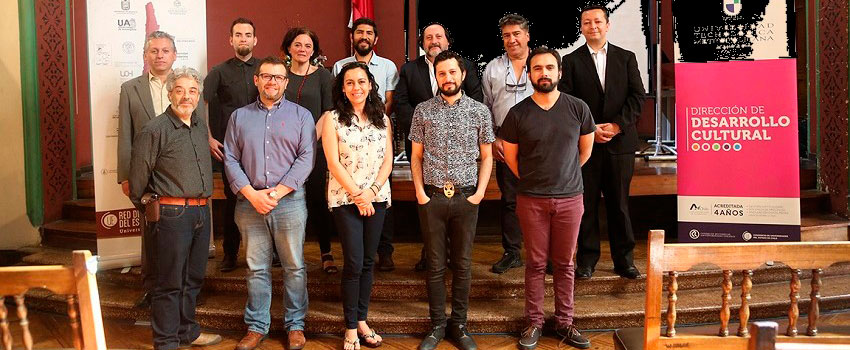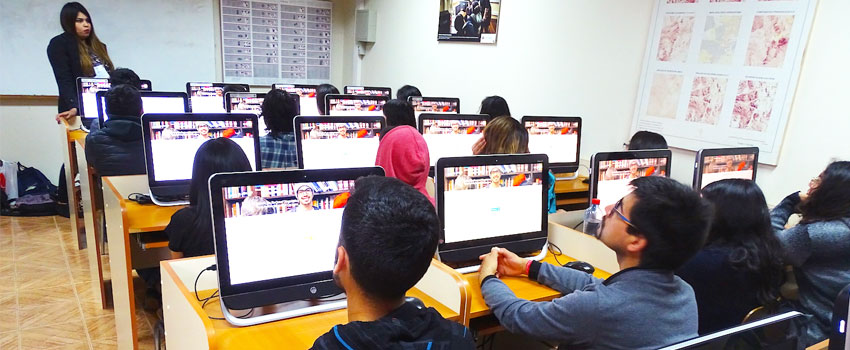
The process is part of the new regulations established by Law 20.903 of the Teaching Professional Development System.
Pedagogy students had four days to take the National Diagnostic Evaluation (END), a mandatory requirement that they must meet to obtain the professional title. Although the results do not qualify you to carry out your work as a teacher, they are relevant for the school by revealing referential information about the curricular contents.
For this reason, the purpose of the END is to collect diagnostic information on the training processes of pedagogy programs, which serves both the training universities and the Ministry of Education.
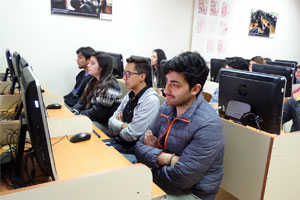 Future trainers
Future trainers
The third year student in Pedagogy in Early Childhood Education, Paola Vega, highlighted the importance of this test for her initial training. “This evaluation allowed me to know everything I have learned over the course of my degree and I consider that each of the topics was very relevant, because they are the ones that we have reviewed and now I can put them into practice and be aware of everything that I have learned. Furthermore, I consider that it is necessary to do it especially at this point in the degree, because it has a set of learnings from everything we see from the first year to today,” she noted.
Her colleague Francisca Álvarez has a similar opinion, who stated that “this process was very interesting and gave me a lot, because through the evaluation I saw the shortcomings and strengths that I have, which will help me to self-evaluate and improve.”
Added to these comments is the opinion of student Consuelo Becerra, who stated that “the evaluation allowed me to visualize everything we have learned during the degree and I personally took the test very motivated and I really liked it because it helped me realize everything. what have we learned. I feel that it is very important because it allowed us in some way to provide feedback and see our process throughout the entire race.”
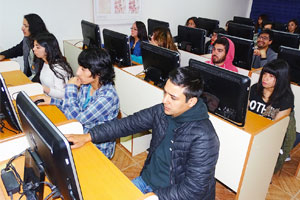 It should be noted that those students who did not attend the END submission within the corresponding deadlines must present their justification before January 2, 2018. The following justifications with certification or supporting document are accepted:
It should be noted that those students who did not attend the END submission within the corresponding deadlines must present their justification before January 2, 2018. The following justifications with certification or supporting document are accepted:
- Students who are in their pre-natal or post-natal period.
- Students who are seriously ill.
- Serious illness or death of a direct family member of the student.
- Students who are traveling on the date of the evaluation and who have tickets issued prior to November 13, 2017.
- Students who have returned to their cities of origin after the end of the academic period and cannot travel to the city where their initial training program is taught to take the evaluation.
The justifications must be sent to the Secretary of the Ped School. in ULS History and Geography.
Source: PMI FIP ULS1501 Press
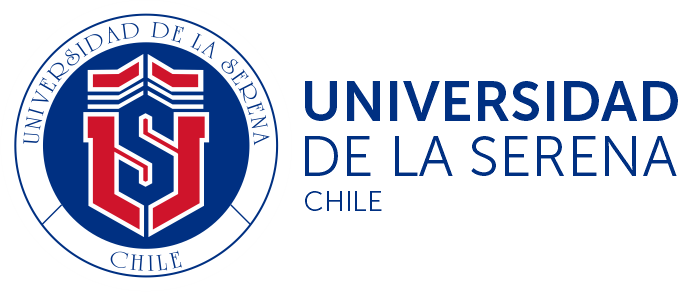
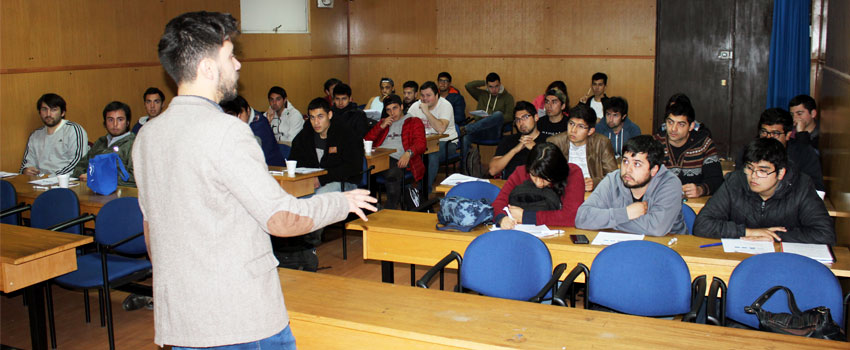
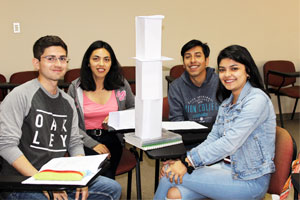 Students who benefit from the workshop have the opportunity to learn about and apply cases, where the final objective is to show them how they should overcome the obstacles that they generate, for example, facing a job interview. Although these students are still in the development stage, the Office dependent on the Directorate of Institutional Studies and Planning actively prepares the students and motivates them to be aware of the development of social skills.
Students who benefit from the workshop have the opportunity to learn about and apply cases, where the final objective is to show them how they should overcome the obstacles that they generate, for example, facing a job interview. Although these students are still in the development stage, the Office dependent on the Directorate of Institutional Studies and Planning actively prepares the students and motivates them to be aware of the development of social skills.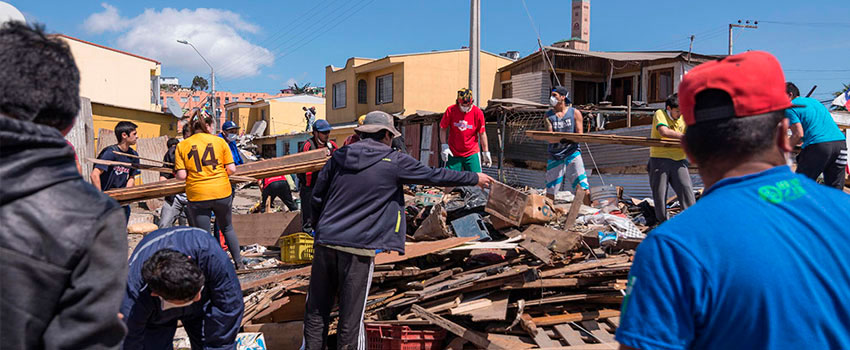
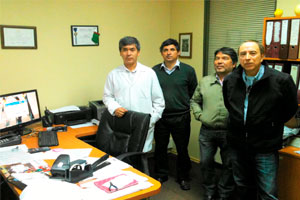 “Although the number of ULF events is limited, compelling cases of ULF geomagnetic anomalies (Gokhberg et. al. - 1983), associated with earthquakes, have gradually increased through the use of more sophisticated signal processing methodologies. Theoretically, it has been proposed that the origin of the electromagnetic changes of the ULF would be electrokinetic effects (Hayakawa, M., - 1999), induction effects (Brady, B. - 1986), and charge separation (Hayakawa, M., and Fujinawa, Y. -1994), during the opening in micro-cracks. However, none of the current theories can be completely adopted, due to the high uncertainty in the behavior of parameters of the Earth's crust during cracking processes," they stated.
“Although the number of ULF events is limited, compelling cases of ULF geomagnetic anomalies (Gokhberg et. al. - 1983), associated with earthquakes, have gradually increased through the use of more sophisticated signal processing methodologies. Theoretically, it has been proposed that the origin of the electromagnetic changes of the ULF would be electrokinetic effects (Hayakawa, M., - 1999), induction effects (Brady, B. - 1986), and charge separation (Hayakawa, M., and Fujinawa, Y. -1994), during the opening in micro-cracks. However, none of the current theories can be completely adopted, due to the high uncertainty in the behavior of parameters of the Earth's crust during cracking processes," they stated.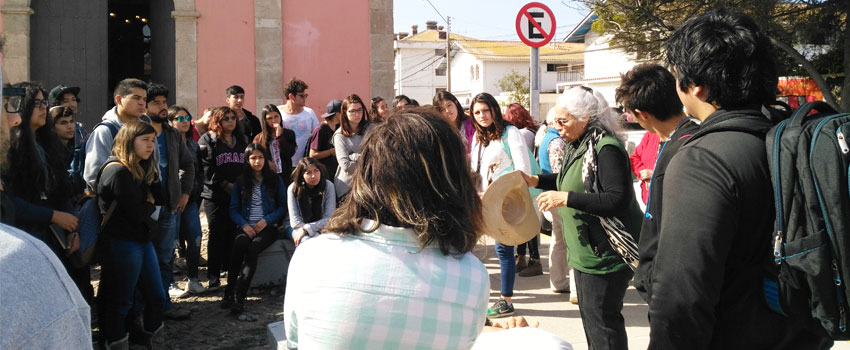
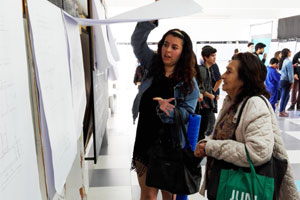 The Almagro neighborhood is one of the oldest in Chile and has a high heritage value, because it is relevant to highlight its traditional architecture through the technical record of its buildings, many of them made of adobe and whose inhabitants do not have plans. their homes.
The Almagro neighborhood is one of the oldest in Chile and has a high heritage value, because it is relevant to highlight its traditional architecture through the technical record of its buildings, many of them made of adobe and whose inhabitants do not have plans. their homes.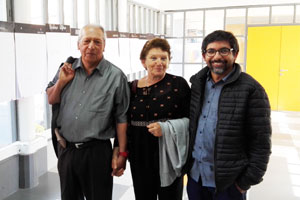 At the closing event, held at the end of the semester, the students prepared an exhibition at the University to which the neighbors who were part of the process were invited. All the technical information prepared by the students was delivered to the residents of the Almagro neighborhood, in order to have the plans of their houses.
At the closing event, held at the end of the semester, the students prepared an exhibition at the University to which the neighbors who were part of the process were invited. All the technical information prepared by the students was delivered to the residents of the Almagro neighborhood, in order to have the plans of their houses.